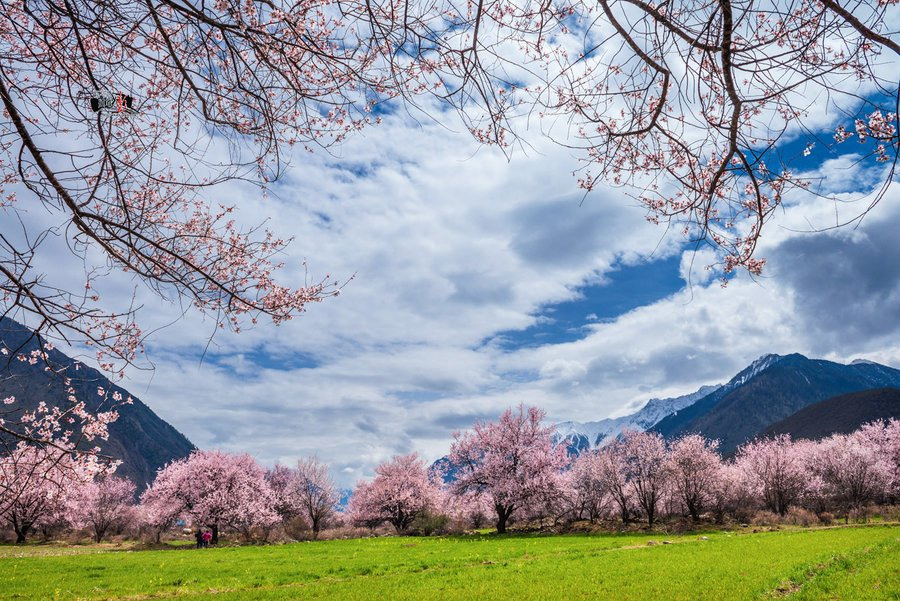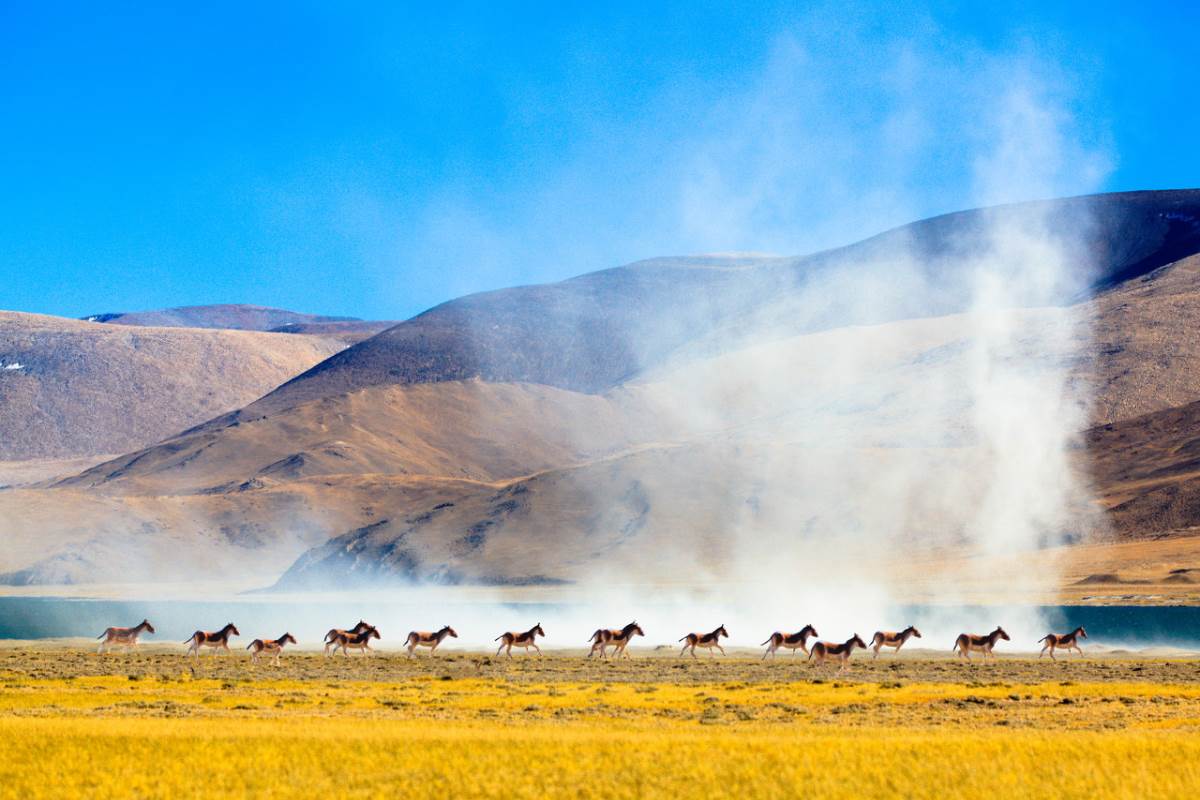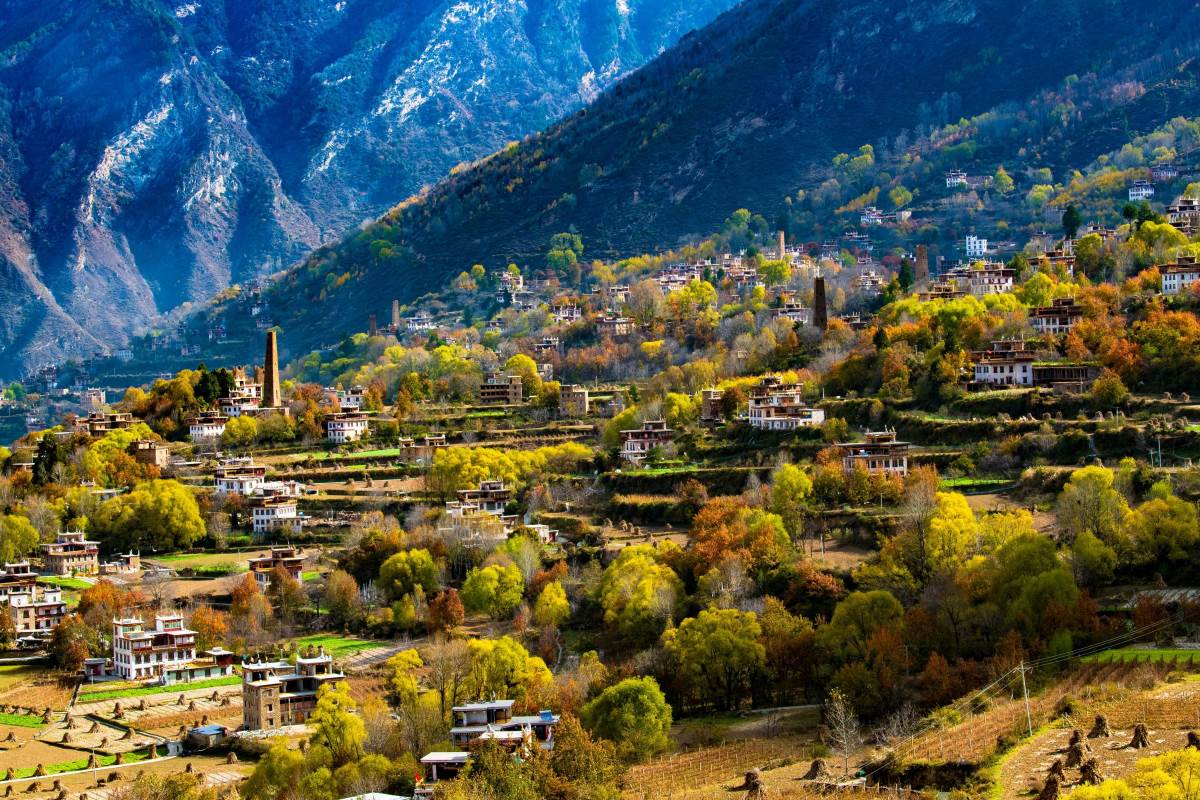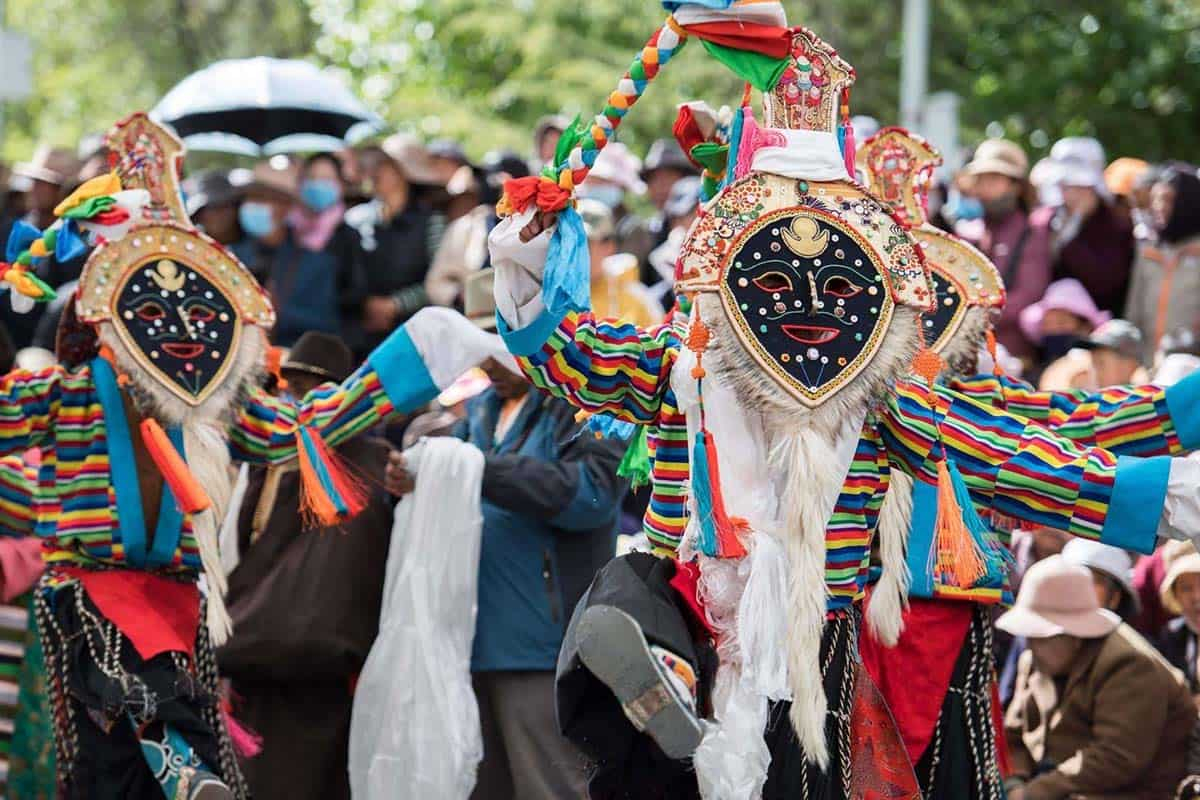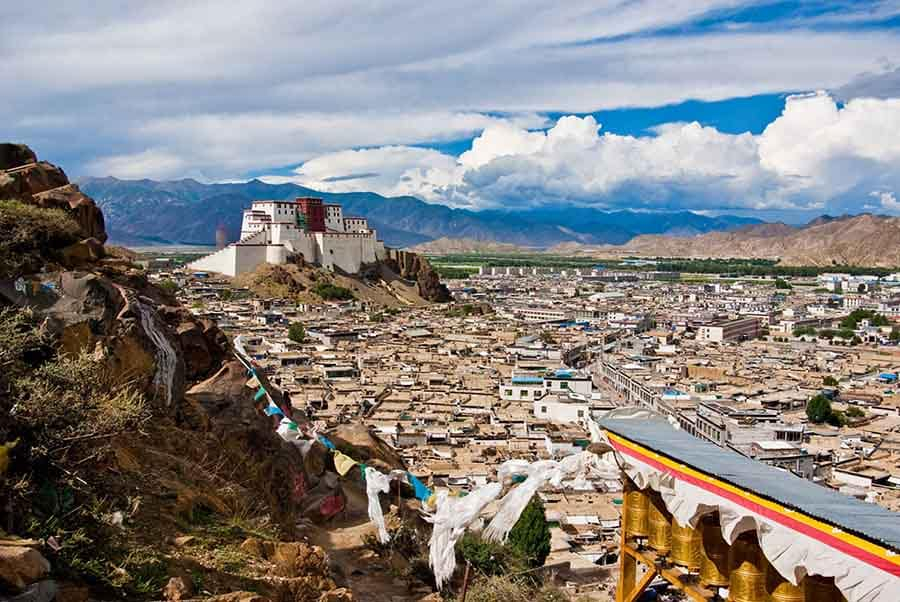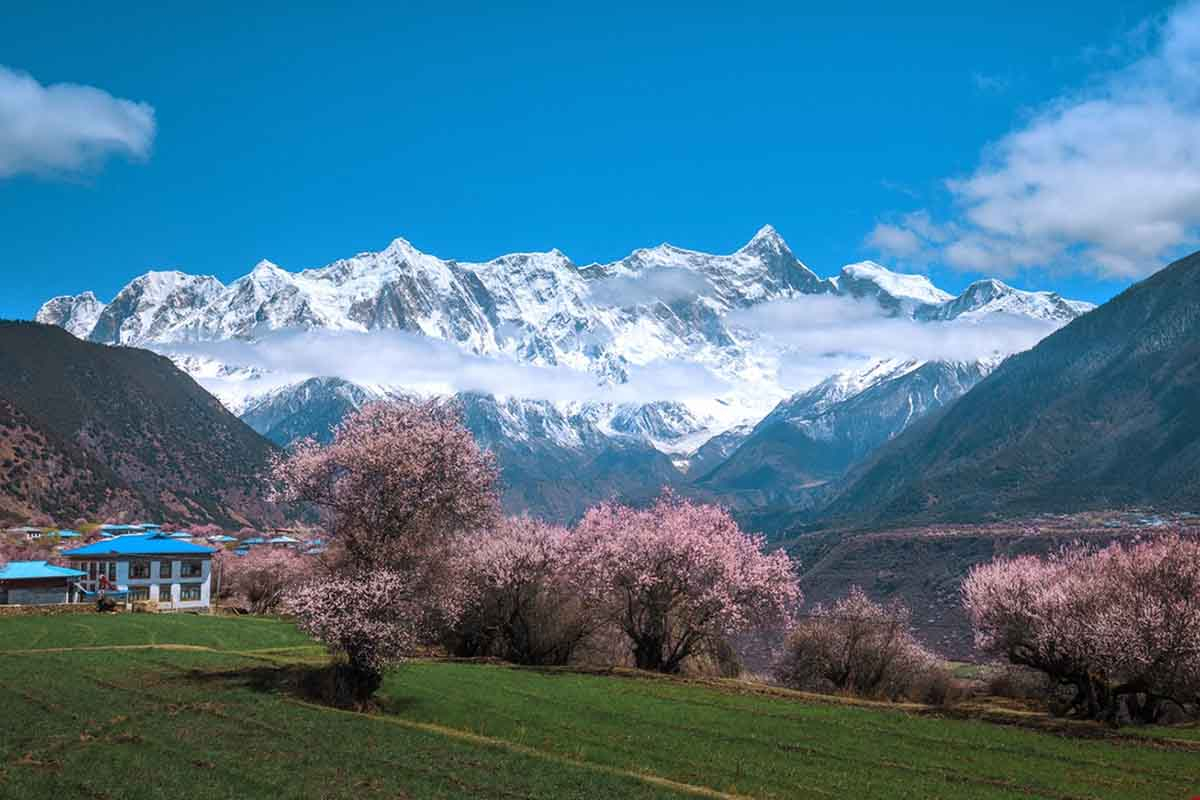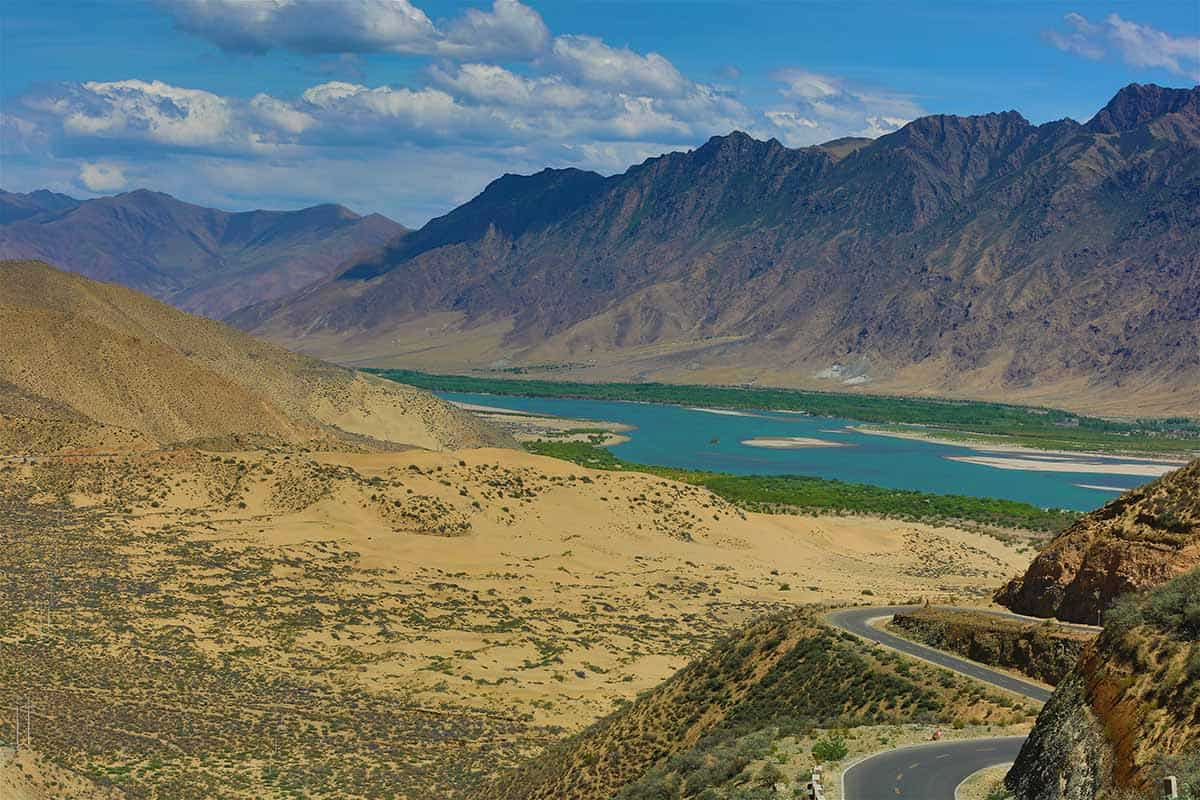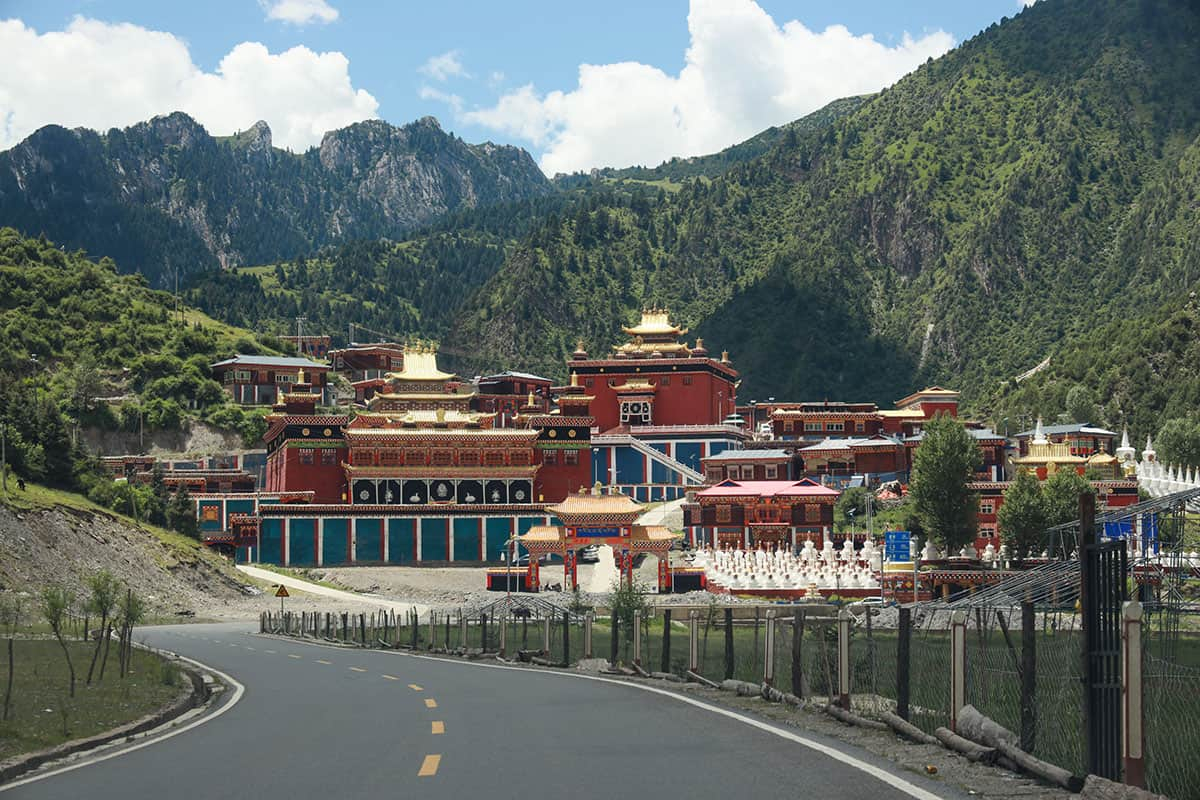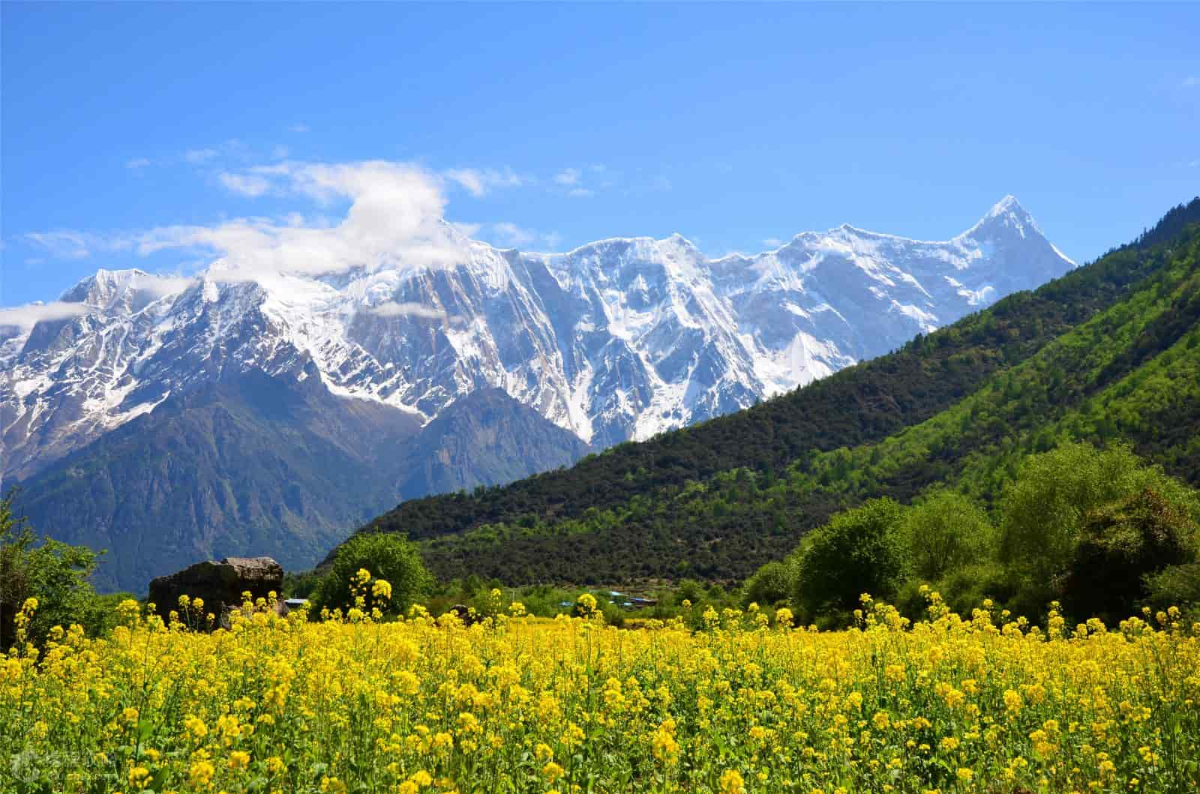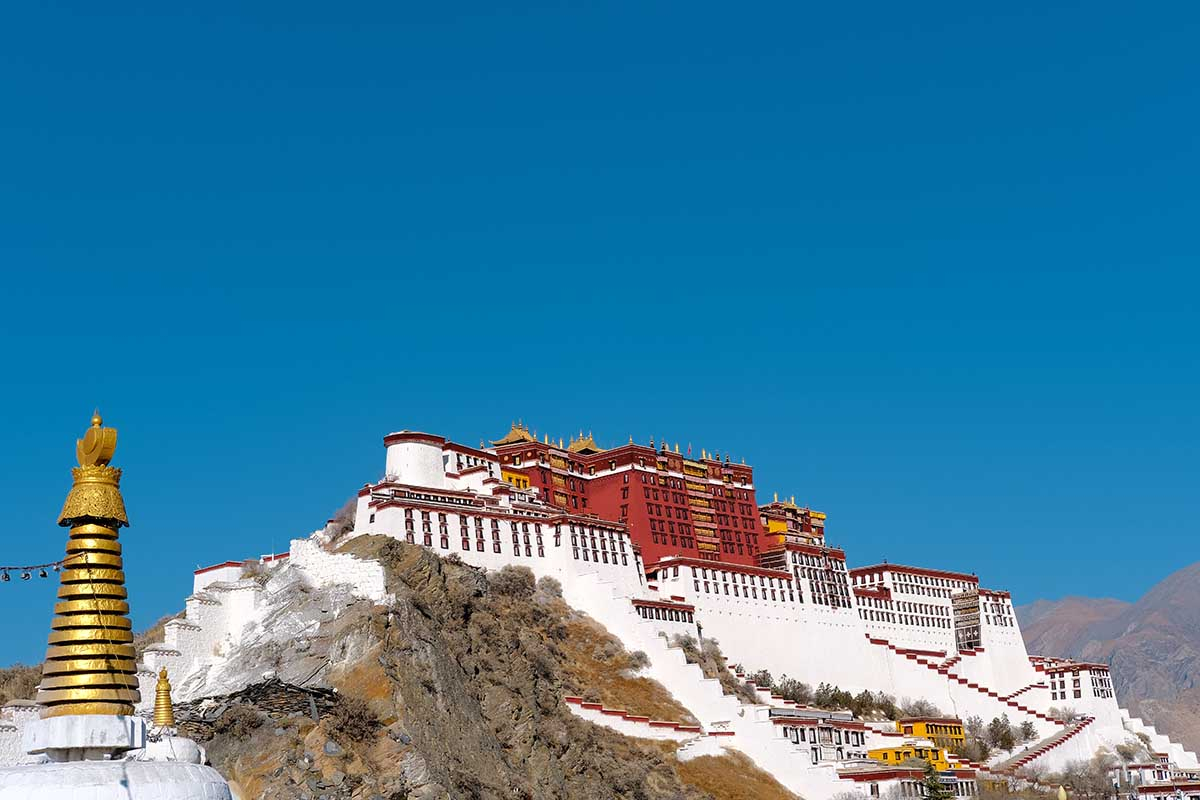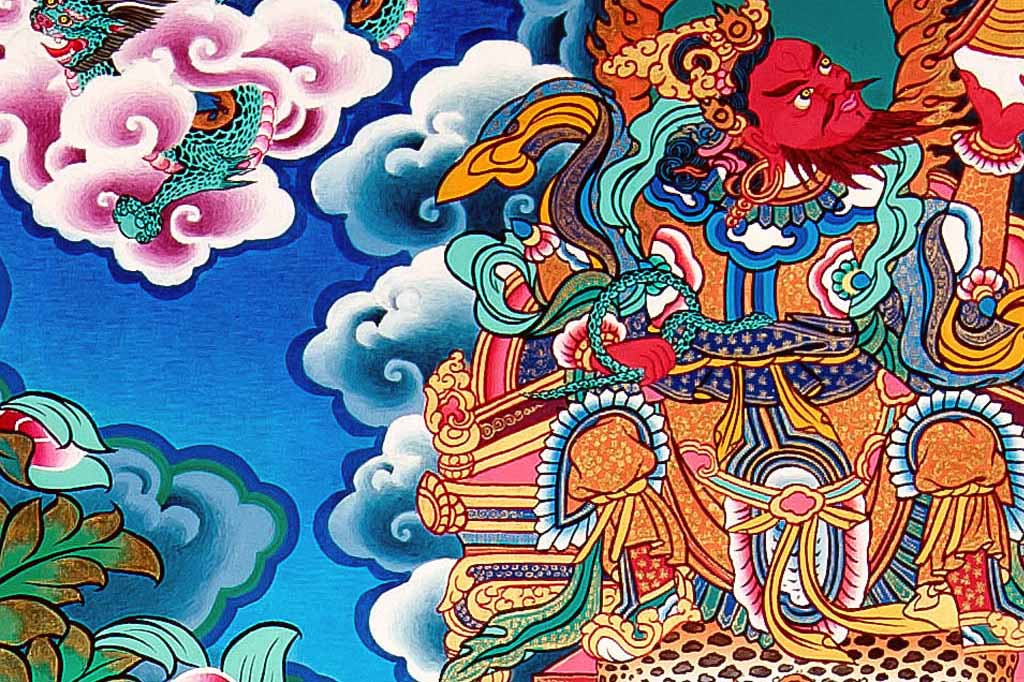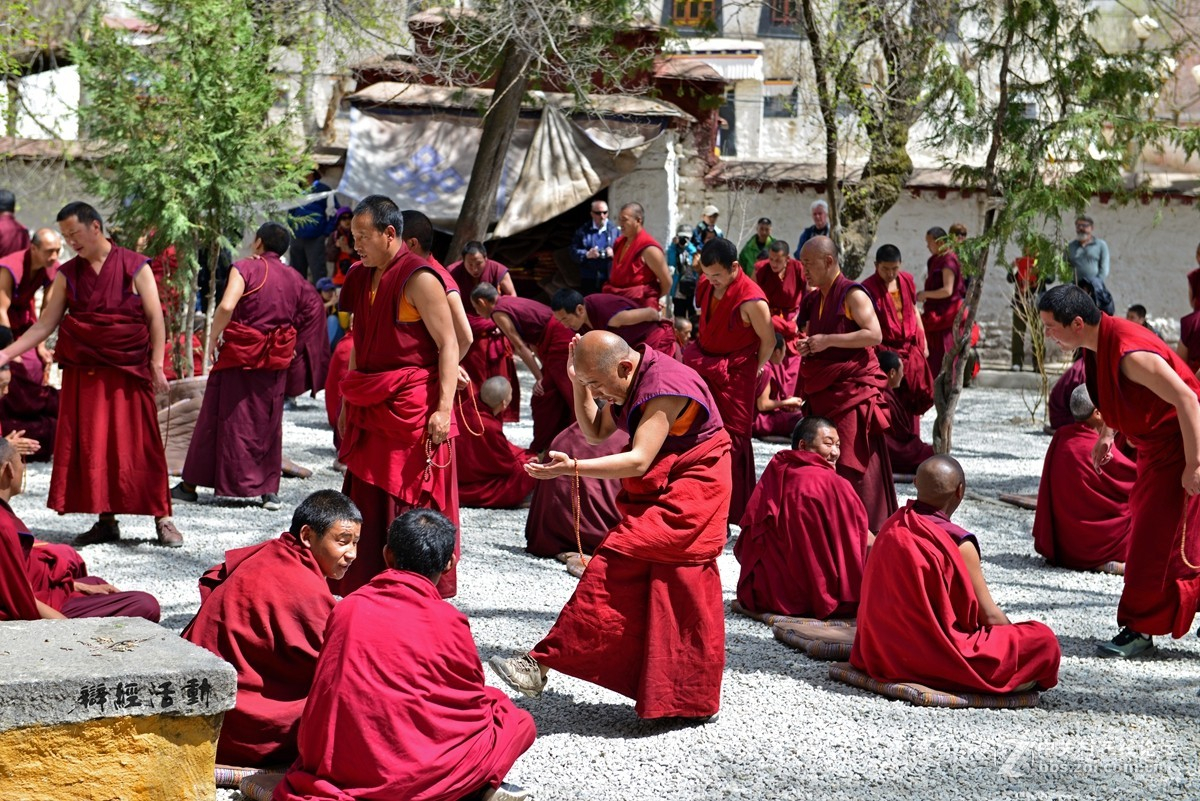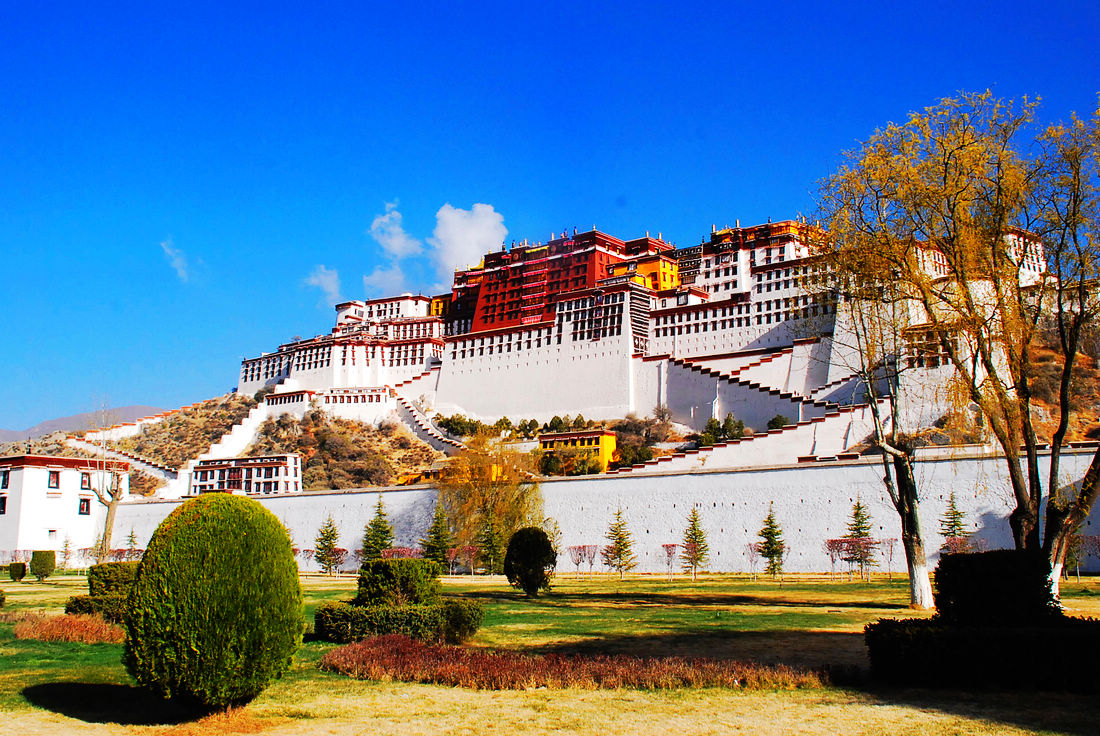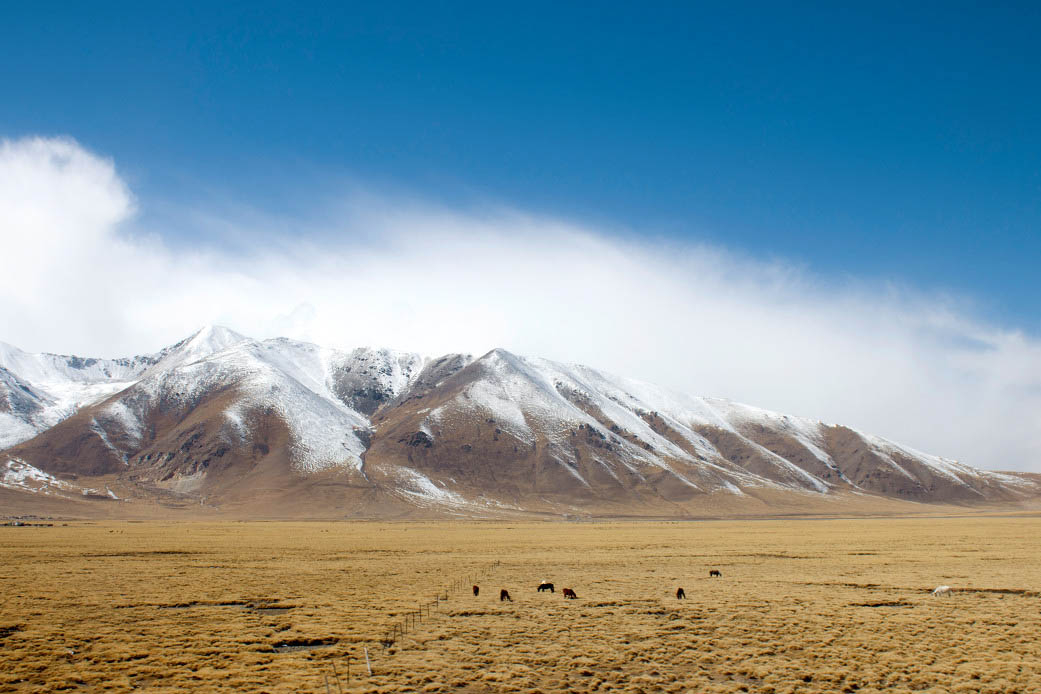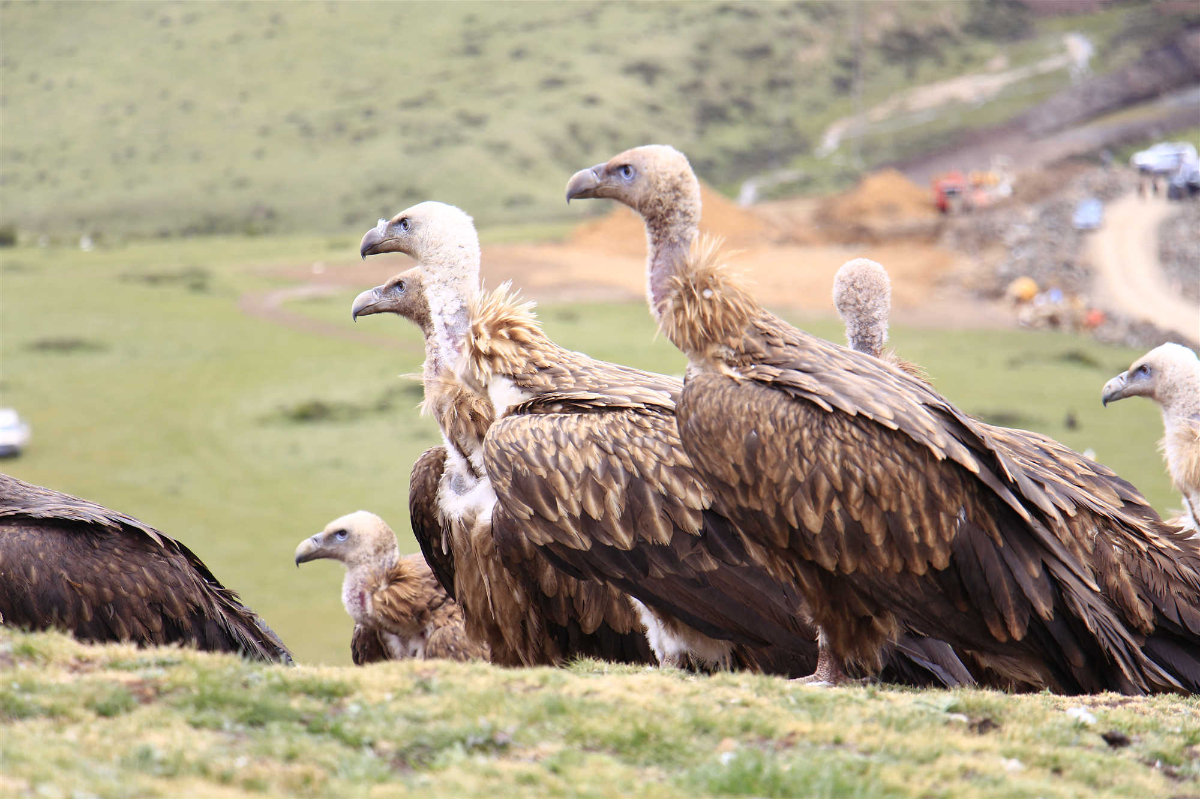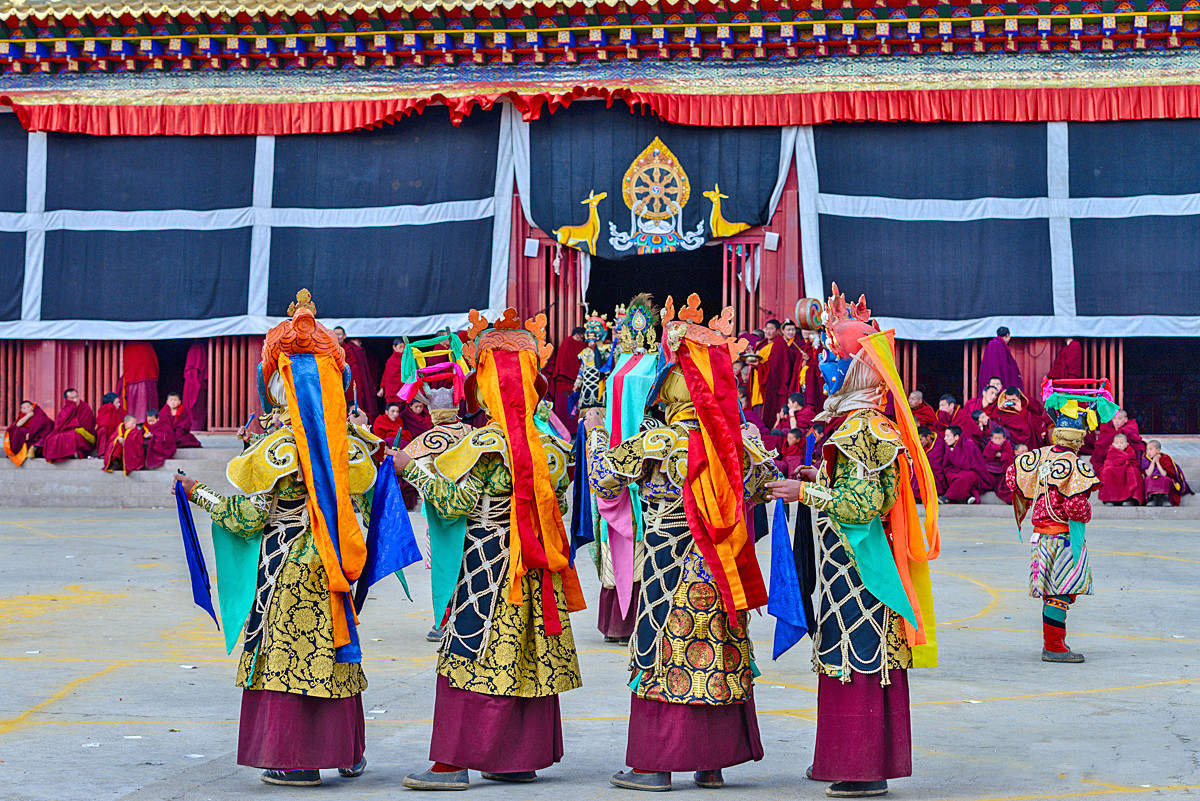Some facts about the Debate in Tibetan Buddhism

From the very inception of the tradition, debate has figured prominently in Buddhism. Perhaps as a result of the multireligious environment of India in which Buddhism developed, or as a natural outgrowth of the analytical emphasis found in its meditative techniques, critical inquiry into the beliefs and assertions of oneself and others resulted in numerous instances, types, and theories of debates over the long history of Buddhism both in India and in the countries to which the tradition migrated. Indeed, there exists a wide range of activities over time and cultures that could be described as “debate” within Buddhist traditions.With regard to debate in the Buddhist traditions, one can speak of three kinds: inter-religious debate, intra-religious debate, and pedagogical debate.
Debates among monks on the Buddhist doctrines are integral to the learning process. This facilitates better comprehension of the Buddhist philosophy to attain higher levels of study. This exemplary debating tradition supplemented with gestures is said to be exclusive to this monastery, among the several other monasteries of Lhasa. Visitors also attend to witness these debates that are held as per a set schedule, every day in the 'Debating Courtyard' of the monastery.
● Procedures and rules
The debate among monks unfolds in the presence of their teachers, with a very well set rules of procedure for the defender and the questioners. The tradition of such debates is traced to the ancient ‘Hindu orthodoxy’ in India and this practice permeated into Buddhist orthodoxy in Tibet in the eighth century. Such debates usually take place within the monastery's precincts. The defender has the onus to prove his point of view on the subject proposed for debate. The debate opens with an invocation to Manjushri recited in a loud and high pitched tone. The roles of the debater and the questioner are well defined; the questioner has to succinctly present his case (all on Buddhism related topics) and the defender has to answer within a fixed time frame.
The finality of the debate is with specific answers like: “I accept (do), the reason is not established (ta madrup) or there is no pervasion (Kyappa majung)”. Many a time, the questions mooted are meant to mislead the defender. If the defender does not reply within a time frame, an expression of derision is witnessed. In the Tibetan debating sessions, there is no role for a witness and there is normally no adjudicator. This leads to “conflicting opinions of participants and listeners.” When there is direct contradiction on the defenders part, the outcome is, however, formally decided.
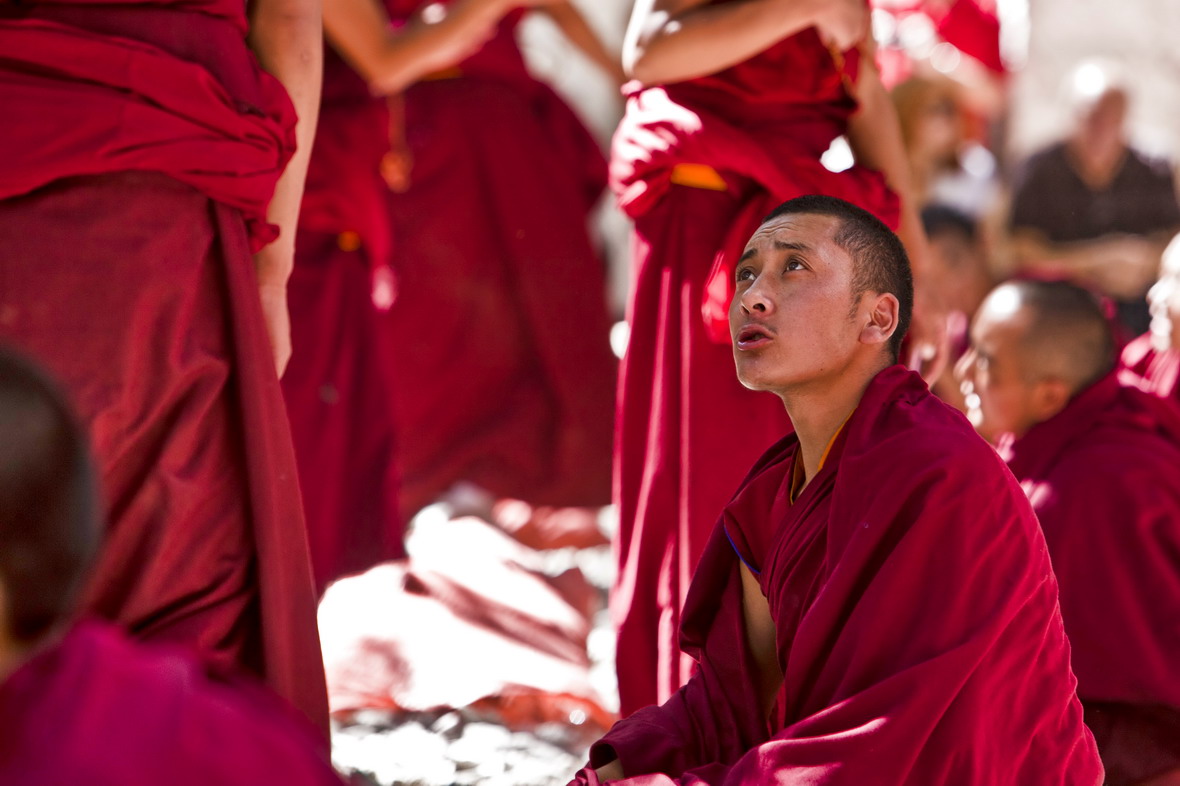
● Physical gestures
Debates are punctuated with vigorous gestures which enliven the ambience of the occasion. Each gesture has a meaning. The debater presents his case with subtlety, robed in a formal monk's attire. Some of the gestures (said to have symbolic value), made during the debates, generally subtle dramatic gestures are: clapping after each question; holding right hand and stretching left hand forward and striking the left palm with the right palm; clapping hands loudly to stress the power and decisiveness of the defender's arguments denoting his self-assurance; in case of wrong answer presented by the defender, the opponent gestures three circles with his hand around the defenders head followed by loud screaming to unnerve the defender; opponent's mistake is demonstrated by wrapping his upper robe around his waist; loud clapping and intense verbal exchange is common; and the approach is to trap the defender into a wrong line of argument.
Each time a new question is asked, the teacher strikes his outstretched left palm with his right palm. When a question is answered correctly, it is acknowledged by the teacher bringing the back of his right hand to his left palm. When the defender wins the debate he makes an allegorical dig at the questioner by questioning his basic wisdom as a Buddhist.
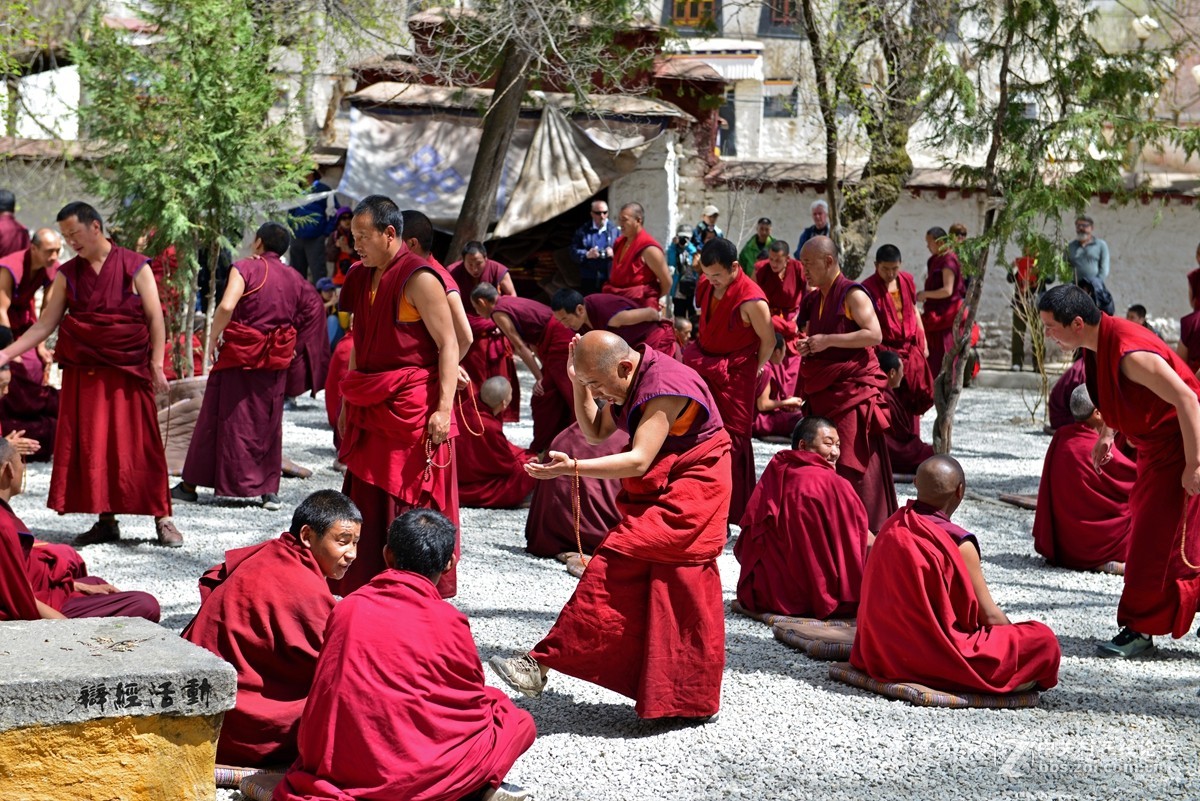
● Where to see the debates in Tibet
01. Sera Monastery
Buddhism debating is the best featured activities in Sera Monastery. ... Like a routine, the debating is taken place at the debating courtyard at 15:00 clock. Before debating, the monks are divided into two pairs in equal rank, with one standing (questioners) and one sitting (defenders).
02. Drepung Monastery
Monk debate begins at 2:30 pm everyday afternoon. It usually lasts for two hours through the afternoon, and sometimes well into the evening. There are four Zhacangs (academies) in Drepung, and each has its own debating courtyard where the daily debates are held. Since Drepung Monastery takes a large area, it’s easy for tourists to lose their ways in it. So it’s advisable for you to set off to debating courtyard in advance. In the monastery, you may come across some monks. You can also ask for directions to them.
03. Gandan Monastery
The monastic debates in Ganden Monastery are held daily from around 3:00pm, and can last all afternoon. The monks debate the sutras using traditional methods in any of the nine Debating Courtyards in the monastery. Ganden is also the primary monastery for the sutra debates of the graduating monks
You Might Like
- HOTEST
- RECOMMEND
